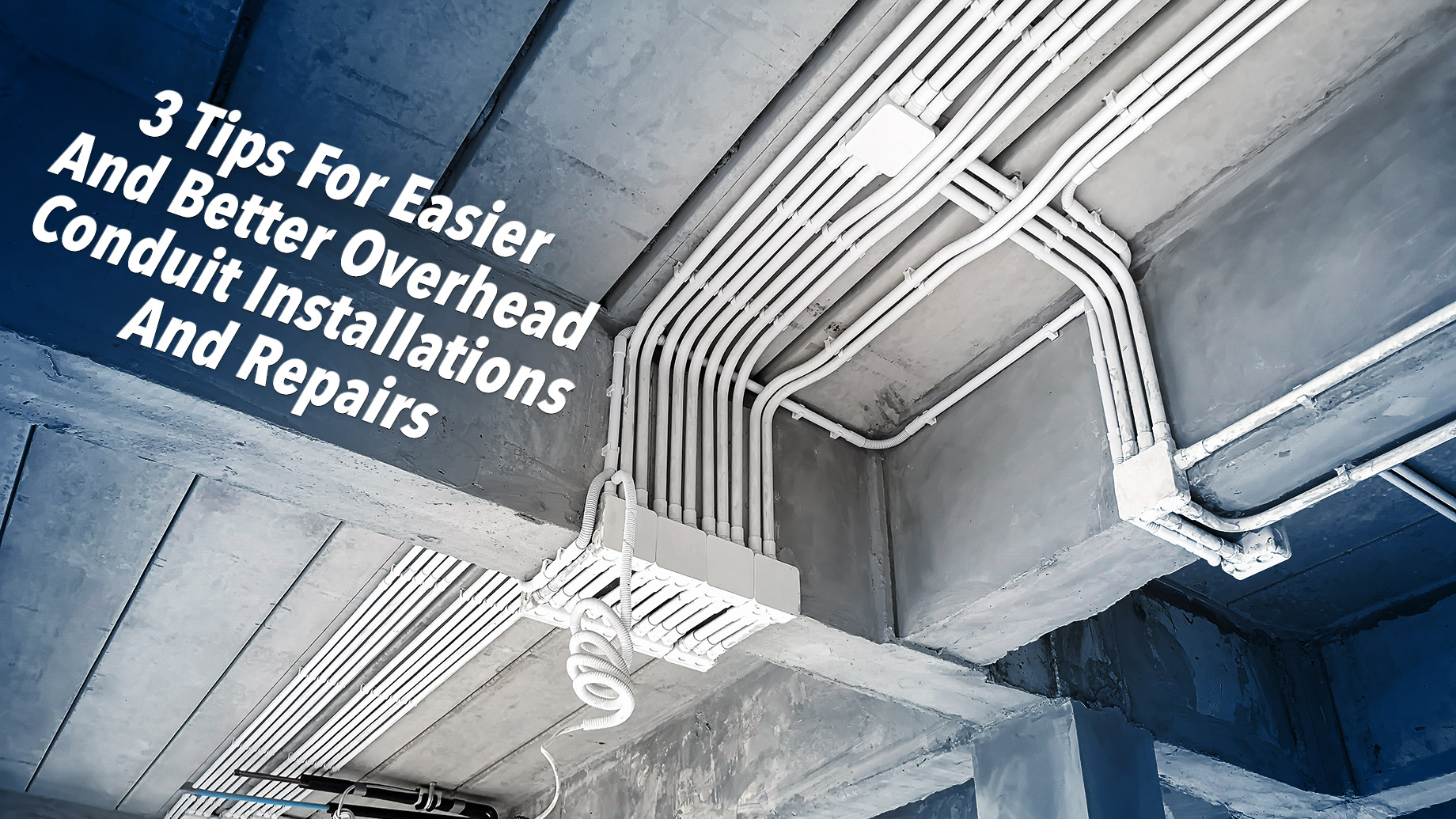
Overhead electrical and telecommunication systems can only be installed in areas that qualify in accordance with the National Electrical Code (NEC) specifications. The installation itself must also adhere to all applicable regulations, as made mandatory by the NEC. If the location is deemed fit for installing above-ground electrical/telecommunication lines after referring to the NEC, the following suggestions will help in both choosing and installing the protective conduits around the overhead cables/wires.
Flexibility and Heat Resistance are of the Highest Importance
Open overhead electrical lines can be extremely dangerous but after a powerful storm has blown over, that is not an unlikely finding to come across. Therefore, overhead electrical wires must be encased in flexible conduits with high heat resistance. These are the two most important features because:
- Flexible overhead conduits are far less likely to be broken/torn off the poles by storms.
- High heat resistance keeps the tubing from melting off, even when an electrical line breaks off the pole or if there is a short circuit.
- Fire hazards can be avoided if the conduit’s heat resistance is sufficient for keeping small electrical fires inside the conduits from getting out.
The reason why above ground fiberglass conduit systems are so popular is because they are flexible, flame resistant, and more economic than PVC or steel. In fact, fiberglass overhead conduits can remain uncompromised even when internal/external temperature crosses the 500°F Mark.
Have the Schematic Diagrams Ready
You should prepare schematic diagrams of your proposed conduit system first before getting on with the actual installation or repair work. This step is not to be skipped because the visualization will allow you to take note of possible mistakes that you may have made in your initial planning. It’s also better to be mathematically accurate in determining how much of everything you will need for the installation/repair job.
When it comes to repair work, experienced electricians can usually determine where the junction boxes should be placed on an overhead line by simply looking at the existing schematics. However, preparing new schematic diagrams for a new conduit system installation is the more professional and accurate way to approach the work.
Avoiding and Mitigating Bends
It should go without saying that every professional electrician should try to avoid bends as much as possible, even if we are discussing flexible conduit systems. It cannot always be avoided of course, but the schematics should be drawn up in a way so as to minimize the amount of bending necessary. There is allowance for a total of 360° in conduit bends between two pull points within the NEC, but experts suggest against taking the full leeway. Both the present installation and future repairs will be a lot easier if you:
- Keep the total angle (degree) of bends between two pull points limited to less than 270°.
- Use pull-boxes on both pull points if the total bend exceeds 270°.
Secure the conduit lines every 2-4 feet with clamps or struts, as deemed necessary. Do keep in mind that at no point should the gap between two support points exceed 4 feet, as that is an NEC-mandated requirement for electrical lines above ground.